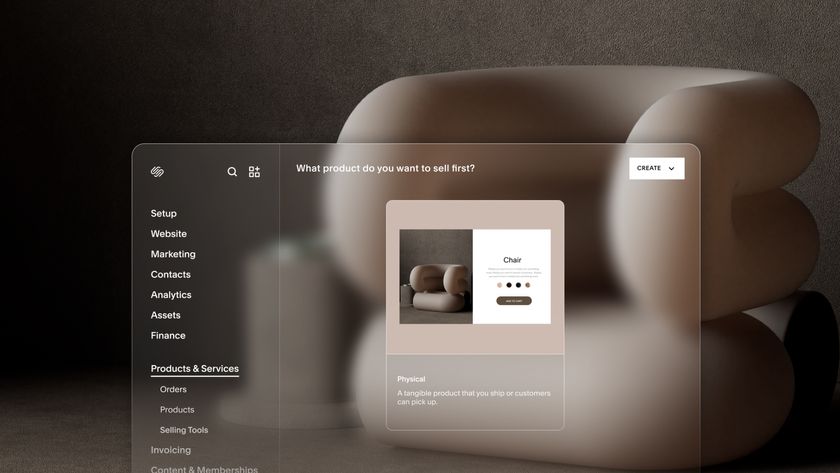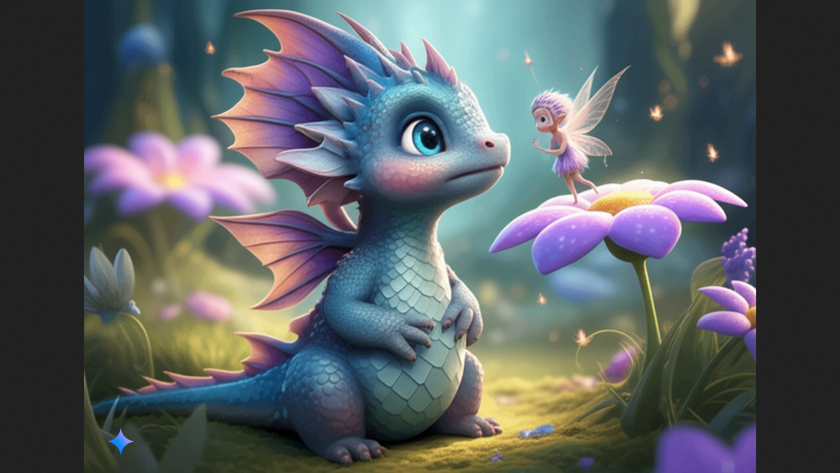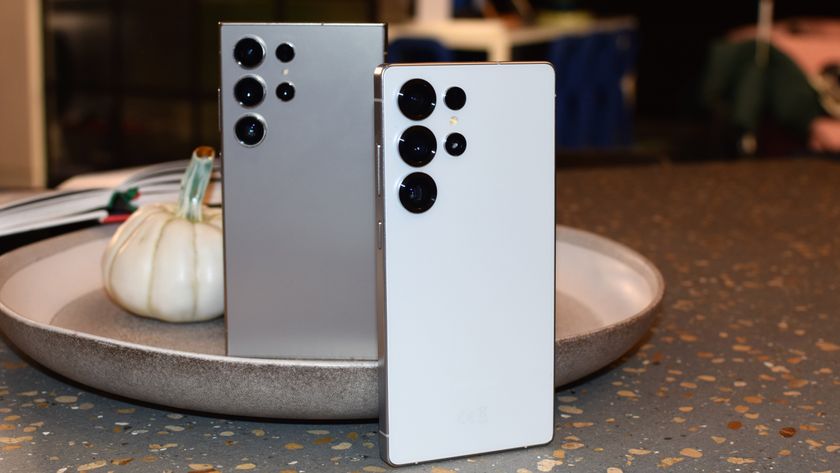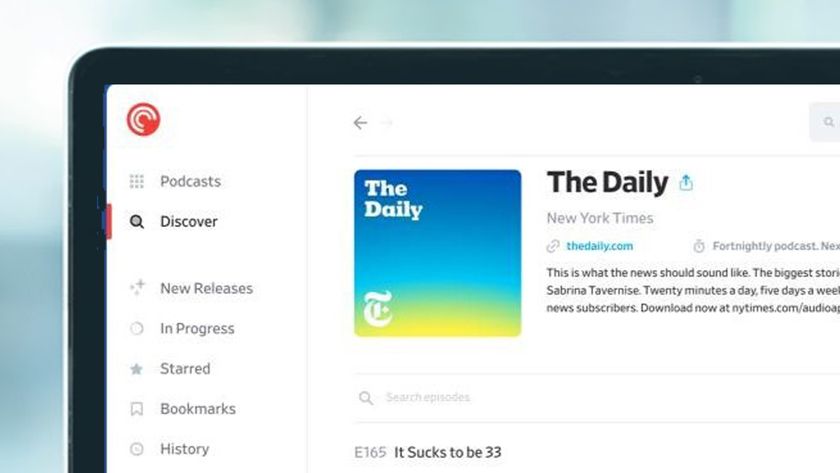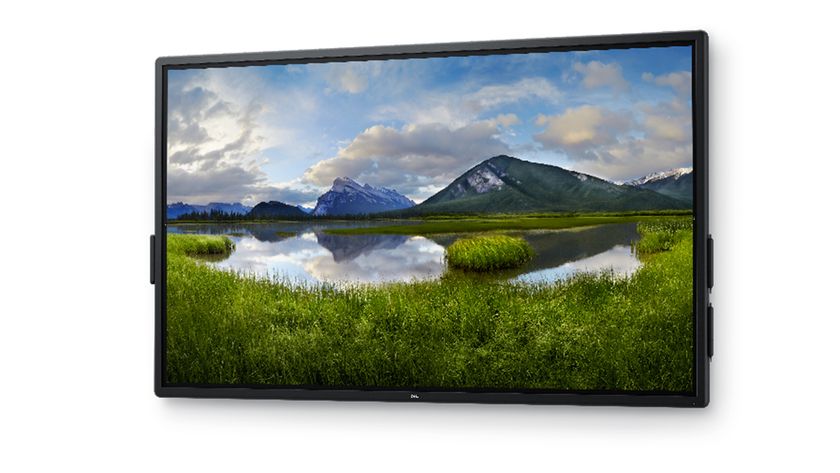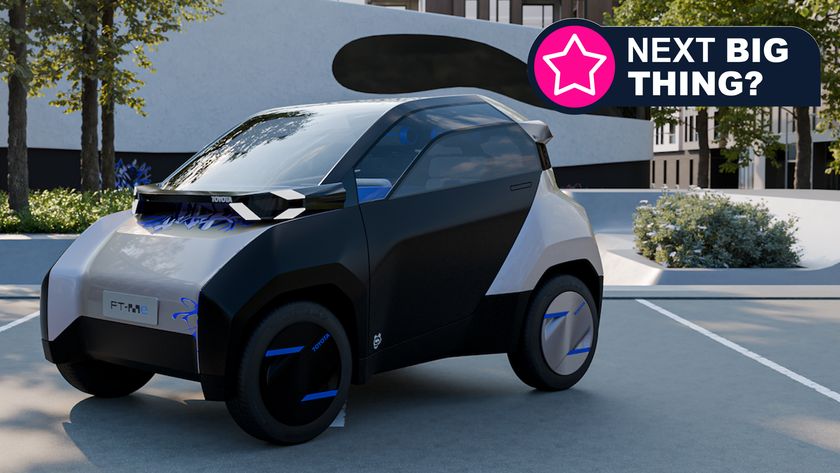Google unveils new system for measuring your website's quality
Sites will soon be ranked based on the quality of a user’s experience on a web page

Google will soon judge websites based on how users perceive the experience of interacting with them as the company has developed a new ranking algorithm.
The new update is called Google Page Experience and for site owners, it means that if the company thinks pages on your website have a poor user experience, they will soon rank lower than they do now in Google Search results. Thankfully though, the update is not expected to go live until sometime in 2021, so there is still time for users to get their websites ready.
In a developer document on the page experience criteria, Google provides more details on the metrics that will soon be used to rank web pages in its search engine, saying:
- Nearly half of ecommerce searches on Google drive no traffic
- Google backtracks on search display ads policy
- Also check out our roundup of the best website builders
“Page experience is a set of signals that measure how users perceive the experience of interacting with a web page beyond its pure information value. It includes Core Web Vitals, which is a set of metrics that measure real-world user experience for loading performance, interactivity, and visual stability of the page. It also includes existing Search signals: mobile-friendliness, safe-browsing, HTTPS, and intrusive interstitial guidelines.”
Core Web Vitals
Page experience consists of several existing Google search ranking factors including mobile-friendly update, Page Speed Update, the HTTPS ranking boost, the intrusive interstitials penalty and safe browsing penalty. However, the company has also refined its metrics concerning speed and usability under a set of real-world, user-centered metrics it calls Core Web Vitals.
Core Web Vitals are used to give scores on aspects of web pages including load time, interactivity and the stability of content as it loads.
The first of these metrics is Largest Contentful Paint (LCP) and this measures loading performance. To provide visitors with a good user experience, LCP should occur within 2.5 seconds of when a page first starts loading. First Input Delay (FID) measures interactivity and pages should have a FID of less than 100 milliseconds while Cumulative Layout Shift (ClS) measures visual stability and pages should maintain a CLS of less than 0.1.
Are you a pro? Subscribe to our newsletter
Sign up to the TechRadar Pro newsletter to get all the top news, opinion, features and guidance your business needs to succeed!
Google's new ranking factors will be applied sometime in 2021 and the company has promised site owners that it will give them six-months notice before Google Page Experience goes live next year.
- We've also highlighted the best web hosting services
After working with the TechRadar Pro team for the last several years, Anthony is now the security and networking editor at Tom’s Guide where he covers everything from data breaches and ransomware gangs to the best way to cover your whole home or business with Wi-Fi. When not writing, you can find him tinkering with PCs and game consoles, managing cables and upgrading his smart home.

